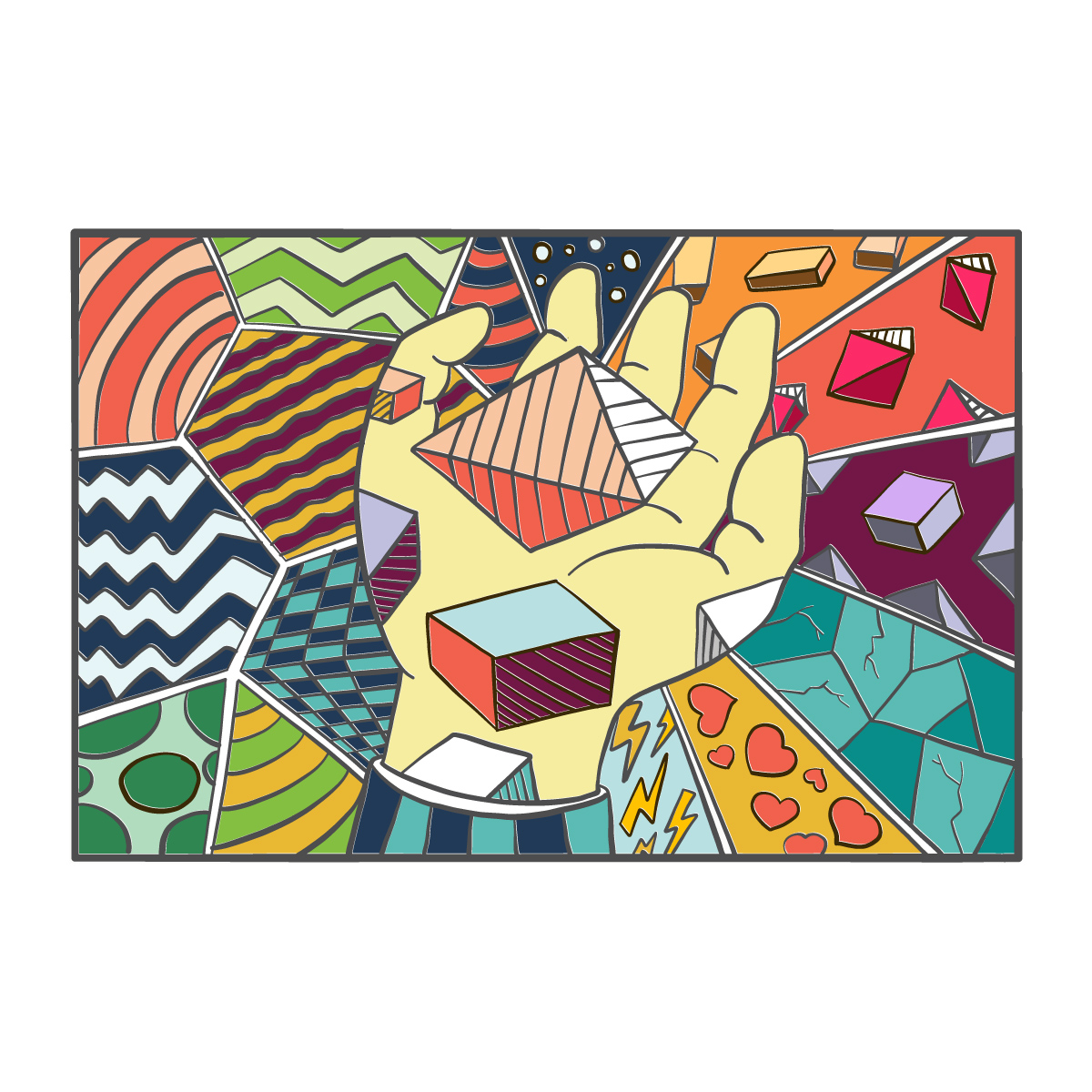Every student has stories deserving to be told, voices that must be heard, and identities waiting to be honored. Yet traditional educational approaches often overlook the rich diversity and depth of students’ lived experiences, especially those from historically marginalized communities. Arts-based education bridges this gap, serving as a powerful catalyst for authentic expression, critical reflection, and democratic engagement.
More than enrichment, the arts are a research-backed foundation essential for advancing democracy and equity in our schools. In this blog, we illuminate how arts-based methods uniquely empower students, foster inclusion, and strengthen democratic participation in educational spaces.
Why Youth Empowered Stewardship (YES)?
Youth Empowered Stewardship (YES) is an intergenerational, agency-driven pathway designed to advance democracy by cultivating authentic partnerships between students and adults. YES engages learners of all ages through collaborative inquiry and human-centered design, using music, movement, and visual arts to forge deep intellectual and emotional connections. At its core, YES aims to establish student-led advisories that address complex educational challenges, employing an asset-based, solution-oriented approach that promotes continuous improvement, collective efficacy, and democratic values within schools.
Clear Goals of Youth Empowered Stewardship (YES):
- Intergenerational Collaboration: Build meaningful coalitions among students and adults to drive systemic change.
- Student-Led Inquiry: Empower students to lead advisories and stewardship projects rooted in liberatory, asset-based processes.
- Inclusive Learning Communities: Create culturally responsive and sustaining environments where all identities are valued and honored.
- Democratic Action: Encourage advocacy, collective decision-making, and authentic partnerships that sustain democratic practices in education.
The following evidence-based claims illustrate precisely how arts-based education significantly advances equity:
Claim 1: Arts Foster Inclusion and Affirm Identity
Claim 2: Arts Enhance Academic Achievement
- Language grades increased by 0.61 standard deviations (SD).
- Math grades rose by 0.36 SD.
- Overall GPA improved by 0.55 SD (Bowen & Kisida, 2019).
Claim 3: Arts Therapies Support Emotional Healing
Claim 4: Arts Amplify Social Justice
Claim 5: Arts Inspire Girls in STEM
Claim 6: Equity Requires Accessible Arts Policies
Advancing Stewards for Democracy
Let’s build schools that truly work for all of us. Say YES to crafting bold new visions of educational excellence, grounded in equity, creativity, and collective action! The YES Movement empowers students, educators, and communities by uniting arts-based methods with intergenerational collaboration, fostering deep and lasting change.
Connect with a Core Collaborative learning expert today and explore how the YES Movement can enhance equity, inclusion, and democratic leadership in your school or system.
Hear from Our Student Leaders:
“This experience has shown me that my voice matters and that I can be a leader. I can truly be a driving force for change.
– Carrie, 12th Grade Student”
“We need YES because our current systems aren’t designed for all of us to succeed. YES gives us the tools to create a future where everyone can thrive.”
– Sovereign, 12th Grade Student
Join the Youth Empowered Stewardship (YES) Movement: Where Arts, Equity, and Generations Unite for Change!
- Arts Education Partnership. (2020). The Arts Education Data Project. Retrieved from https://www.aep-arts.org
- Bowen, D. H., & Kisida, B. (2019). Investigating Causal Effects of Arts Education Experiences: Experimental Evidence from Houston’s Arts Access Initiative. Educational Researcher, 48(5), 316-328.
- Denzin, N. K. (2018). Performance Autoethnography: Critical Pedagogy and the Politics of Culture. Routledge.
- Guggenheim Museum. (2020). Learning Through Art. Retrieved from https://www.guggenheim.org
- Leavy, P. (2020). Method Meets Art: Arts-Based Research Practice (3rd ed.). Guilford Publications.
- Lee, C. D., & Paris, D. (2019). Culturally Sustaining Pedagogies: Teaching and Learning for Justice in a Changing World. Teachers College Press.
- Marshall, K. (2019). Rising Stargirls: Exploring Astronomy through Art. Journal of STEM Outreach, 2(1), 1-8.
- Moula, Z., Palmer, K., & Walshe, C. (2020). Arts-Based Interventions in Schools: A Review of Research on Arts Therapies. Educational Psychology Review, 32, 859–889.
- Tilley, S., & Davies, D. (2019). Arts-Based Teaching Methods Enhance Language Complexity in Primary Schools. Journal of Education Policy, 34(2), 123-145.
- UNESCO. (2019). Arts Education. Retrieved from https://en.unesco.org


